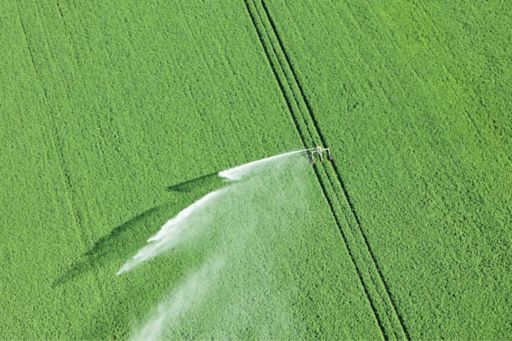KPMG CPG organic growth barometer
KPMG CPG organic growth barometer
Our ‘CPG Organic Growth Barometer’ uniquely tracks the organic revenue growth of the Consumer Packaged Goods (CPG) industry, giving organisations the opportunity to benchmark their own growth against industry averages and top quartile performers.

Delivering sustainable ‘organic’ revenue growth has become the most significant performance challenge facing consumer goods companies in both developed and developing markets.
Consumer behaviours, brand relationships, and shopping habits are fundamentally changing what consumers choose to spend their money on.
Meanwhile, competitive barriers to entry are lowering, enabling smaller more agile competitors to challenge the major players and their long-established brands.
The first KPMG CPG Organic Growth Barometer shows that companies can be successful in delivering organic growth and that despite challenging conditions, many long-established names are continuing to deliver.
Key Highlights
- CPG companies grew a median average 4.2 percent a year from 2010 to 2015
- The top quartile threshold for 2015 requires organic revenue growth of at least 5.0 percent
- In 2015 seven companies in the ‘CPG Organic Growth Barometer’ posted organic revenue growth of at least 6% growth; twice the median growth rate of 3% in 2015.
Methodology
Organic revenue growth definition:
For the purposes of this study, organic revenue growth has been defined as like-for-like year-on-year % revenue growth at constant currency and excluding the impact of M&A and divestments from one year to the next. The key components of organic revenue growth have been assumed to be price, mix and volume changes.
Sample selection:
We analysed the top 60 branded consumer packaged goods (CPG) companies, by revenue, listed on the European and North American stock exchanges. These companies make up our sample.
The top 60 ranking for 2015 is based on Capital IQ data (LTM, 31/03/15). Our study excludes:
- Diversified companies with significant operations outside of CPG, such as retail, transport, industrial manufacturing
- Agribusinesses, for example with operations in agricultural processing, animal feed, and agricultural services
- Tobacco merchants
- Fresh meat/fish/produce companies, for example, meat producers and processors, fishing and seafood companies, fresh and fresh-cut fruit and vegetables
- Companies primarily serving the foodservice or food and beverage manufacturing industries
- Companies with significant revenue contributions from non-CPG activities (e.g. ingredients, packaging, etc.) or non-branded (e.g. private label)
Organic revenue growth research:
The primary source of data in the study is company published information, such as press releases, annual reports and investor presentations
- Where companies have declared organic revenue growth or equivalent, we have used these declared figures. This was available for a total of 37 out of the 60 companies analysed in 2015.
- Where companies have declared components of organic growth (e.g. price, mix and volume movements), we have calculated organic revenue growth. This was the case for a total of 15 out of 60 companies in 2015.
- Companies for which data was not available have been excluded from the sample; eight of the 60 companies have been excluded in 2015.
Year-on-year organic revenue growth figures were collected or calculated for the years in the period between 2009 and 2015. Sample sizes vary by year due to data availability.
To calculate the 5-year CAGR for each company, we indexed Year 0 to 100 and compounded year-on-year organic growth figures over a period of five years to calculate the Year 5 index value. The standard CAGR calculation method was then used to estimate the average growth rate for the period (i.e. CAGR = (Year 5 index/ Year 0 index)^(1/5)-1).
If you would like to see the full list of the sample companies used, please contact us.